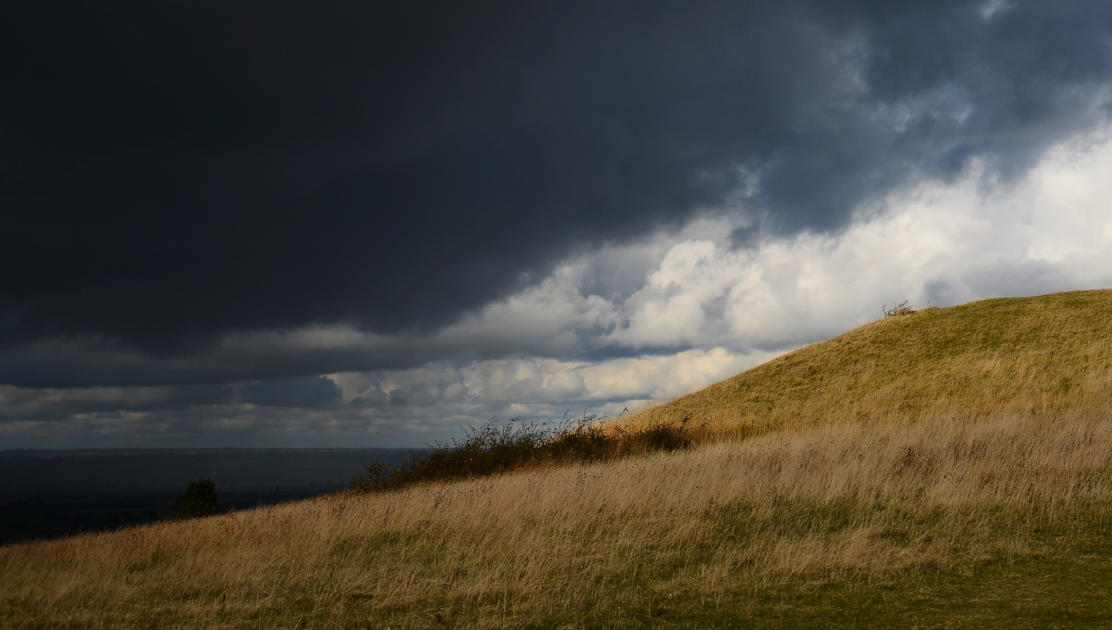Finding Hope in the Face of Uncertainty
Without a positive vision of a truly sustainable future, all of us easily fall into pessimism and despair.
By John McIlwain“Where there is no vision, the people perish.” Proverbs 29:18
Where can we turn today to find a hopeful vision for the future of the planet, the climate, and the environment? The news each day is full of reports of environmental degradation, the threat of extinctions, the warming climate, and rising seas. Yet, without a positive vision of the possibility of a truly sustainable future, all of us easily fall into pessimism and despair.
Hope is something we all need. In Emily Dickinson’s words, hope is:
…the thing with feathers –
That perches in the soul –
And sings the tune without the words –
And never stops – at all –
And sweetest – in the Gale – is heard –
And sore must be the storm –
That could abash the little Bird
That kept so many warm –
Hope is an emotion, a feeling in the gut that, regardless of circumstances, somehow things will be OK, the future will be positive. And it can arise in the face of pessimism and fear. In fact, according to the Buddha, fear underlies hope. Important as hope is for getting us through the day, it comes with a sense that what we hope for may not come about.
Christianity and Islam, each in their own way, also talk about the relationship of hope and fear. Both hold that to be without hope is a sin. Not a sin in the sense of doing something proscribed by God, but in the sense of letting a sense of fear and despair separate us from the experience of a loving and caring deity, from the sense of God’s blessings in the midst of darkness. Hope holds us warm in spite of our fears, as it is the experience of being held in the hands of God.
There is, however, a difference between passive and active hope. As Rabbi Lord Jonathan Sacks is reported to have said, “Judaism is humanity’s faith in the future tense; the Jewish voice is the voice of an inextinguishable hope.” Not, he adds, “the naive belief that things will get better,” but an active hope that “requires us to work together to make things better.”
For there to be active hope, however, there needs to be some grounds for optimism, some reason to believe the hoped for outcome to be achievable. Hope with optimism is a powerful force, and, in the words of Colin Powell, “a force multiplier.” Optimism arises as we gain confidence that our hopes are achievable.
Fortunately, in the midst of today’s dark news, two recent books offer grounds for at least guarded optimism. One is Drawdown (read Sam Mowe’s recent interview with Paul Hawken). The other is A Climate of Hope: How Cities, Businesses and Citizens Can Save the Planet, by Michael Bloomberg and Carl Pope. These two reports, each in their own way, point to possible pathways to a balanced future for our planet, for humanity, and for life on the planet.
These are but two approaches; other pathways to a positive future are also being developed. All together, they provide reason for the kind of active hope and grounded optimism that can greatly energize all the efforts underway to turn the course of our civilization towards a positive future for our children and grandchildren. So, yes, there are reasons for hope, and even a bit of optimism, in the face of our fears for the future.
John McIlwain directed the Garrison Institute’s Climate, Mind and Behavior Program for many years. Before retiring, he was the J. Ron Terwilliger Chair for Housing at the Urban Land Institute where he specialized in sustainable housing and urban resilience in the era of climate change.
Photo courtesy of unsplash.com
